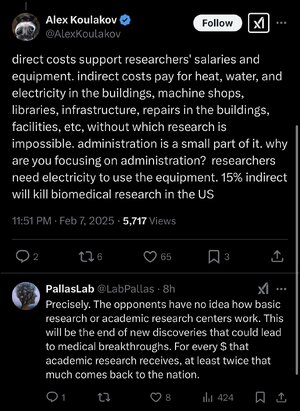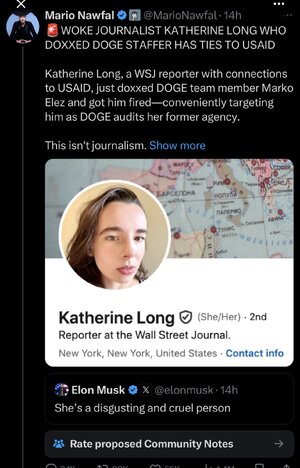- Messages
- 34,531
Judge Halts Access to Treasury Payment Systems by Elon Musk’s Team
The order came in response to a lawsuit filed by 19 attorneys general accusing the president of failing to faithfully execute the nation’s laws when he let DOGE comb through federal computer systems.“… Judge Engelmayer ordered any such official who was granted access to the systems since Jan. 20 to “destroy any and all copies of material downloaded from the Treasury Department’s records and systems.” He also restricted the Trump administration from granting access to these categories of officials.
The defendants — President Trump, Treasury Secretary Scott Bessent and the Treasury Department — should show cause on Feb. 14 before Judge Jeannette A. Vargas, who is handling the case on a permanent basis, Judge Engelmayer said.
… Before President Trump took office last month, access was granted to only a limited number of career civil servants with security clearances, the suit said. But Mr. Musk’s efforts had interrupted federal funding for health clinics, preschools, and climate initiatives, according to the filing.
The money had already been allocated by Congress. The Constitution assigns to lawmakers the job of deciding government spending.
“President Trump does not have the power to give away Americans’ private information to anyone he chooses, and he cannot cut federal payments approved by Congress,” Ms. James said in a statement. “Musk and DOGE have no authority to access Americans’ private information and some of our country’s most sensitive data.” …”



